Over the past 50 years, Binh Thuan has "changed its skin", developing impressively. Under the leadership of the Party, the army and people of Binh Thuan continue to join hands and hearts to build their homeland to become increasingly prosperous, worthy of the glorious patriotic tradition of this steadfast land. 50 years - a journey full of hardships but full of pride, Binh Thuan today is full of aspirations to enter a new era - the era of national development.
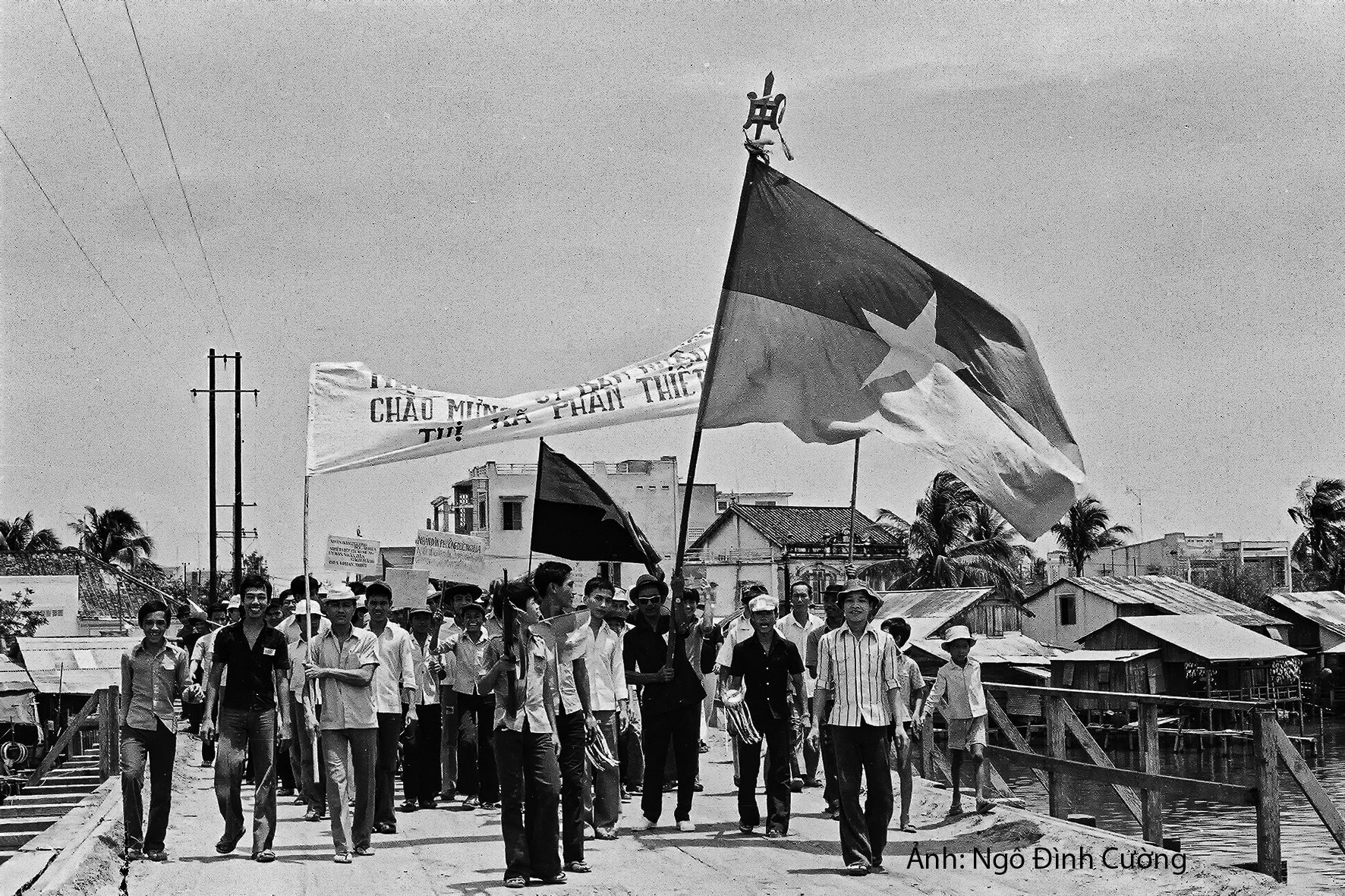
Victory in wartime
Turning the pages of history back to the heroic years of the resistance war against imperialism to save the country, at that time Binh Thuan was an important area connecting the Southern Central Highlands, Zone 5 and the South. To achieve the goal of occupying land, winning people and destroying revolutionary forces, the enemy used many strategies and tactics such as "Helicopter transport", "Armored transport", "Spreading spear nets", "Special pacification", "Rapid pacification", rubbing back and forth in the areas of Tam Giac, Khu Le... continuously carrying out a series of sweeping operations (Son Duong 1, Son Duong 2, Binh Lam 1, Binh Lam 2...); the people always had to live in a state of repression and terror with countless dangers and fierceness. In the process of building an offensive position against the enemy, the armed, political, and military forces... constantly grew stronger; Bases such as Le Hong Phong Area, Tam Giac Area, Western Ham Thuan Area, Bac Binh, Eastern Tanh Linh Area (Ong Mountain)... became solid bases for revolutionary forces to fight and grow.
In October 1974, the Politburo Conference approved the strategic plan to liberate the South. At this time, the enemy annexed the two provinces of Ninh Thuan and Binh Thuan into the 3rd tactical zone in order to keep the remaining land as a "shield" to protect Saigon. The battlefield situation in Binh Thuan changed rapidly. In December 1974, our army and people liberated the two districts of Tanh Linh and Hoai Duc, and at the same time controlled many large rural areas in the districts of Ham Thuan, Bac Binh, and Tuy Phong, creating a belt to surround and squeeze the enemy in the centers of towns and cities. On the other hand, the remaining enemy soldiers from the Central Highlands and Central provinces fled back, making the local puppet army and government extremely confused and afraid. When the battlefield situation took a leap forward and a favorable opportunity appeared, the Politburo decided to launch the historic Ho Chi Minh campaign.
And then, the general offensive and uprising in the spring of 1975 took place at a lightning pace, the army and people of Binh Thuan concentrated their efforts to coordinate with the main force to attack and destroy the enemy in the locality. On April 8, 1975, our forces attacked Thien Giao sub-region and took control of Ma Lam district sub-region, shaking the enemy's system of posts along Highway 8 and the surrounding area. On the morning of April 18, Tuy Phong, Hoa Da, Phan Ly, and Hai Ninh districts were liberated one after another. In the heart of Phan Thiet town, our party members and bases guided the masses to be ready to rise up and coordinate with the outside. On the night of April 18, in Phan Thiet town, our army with 3 main forces simultaneously attacked. The enemy panicked and fled in all directions; on the morning of April 19, 1975, Phan Thiet town was completely liberated.
After liberating Phan Thiet town, our forces crossed the Dinh River and advanced straight to Binh Tuy sub-region, La Gi town, and liberated Binh Tuy province on April 23; with the support of the 382nd Naval Group, on the night of April 26, 1975, the 482nd Battalion of the province, Company 490 liberated Cu Lao Thu island, also known as Phu Quy island, on April 27, 1975. After 51 days and nights of continuous attacks and uprisings, the army and people of our province completely liberated their homeland, contributing together with the army and people of the whole country to establish the great victory of the Spring of 1975.
During 21 years of protracted resistance, overcoming countless hardships, fighting bravely and steadfastly against the invading imperialists and their lackeys, the army and people of Binh Thuan fought 9,053 battles, annihilated 55,171 enemies, captured 39,212 guns of all kinds, destroyed 185 tanks and shot down 279 enemy planes. The names of the lands and people were recorded in history as “Khu Le Bat Khu, Tam Giac Kien Cuong, Nam Son Trung Dung”… worthy of the 12 golden words that the Party and State awarded “Self-reliance, self-strengthening, heroic fighting, glorious victory”.
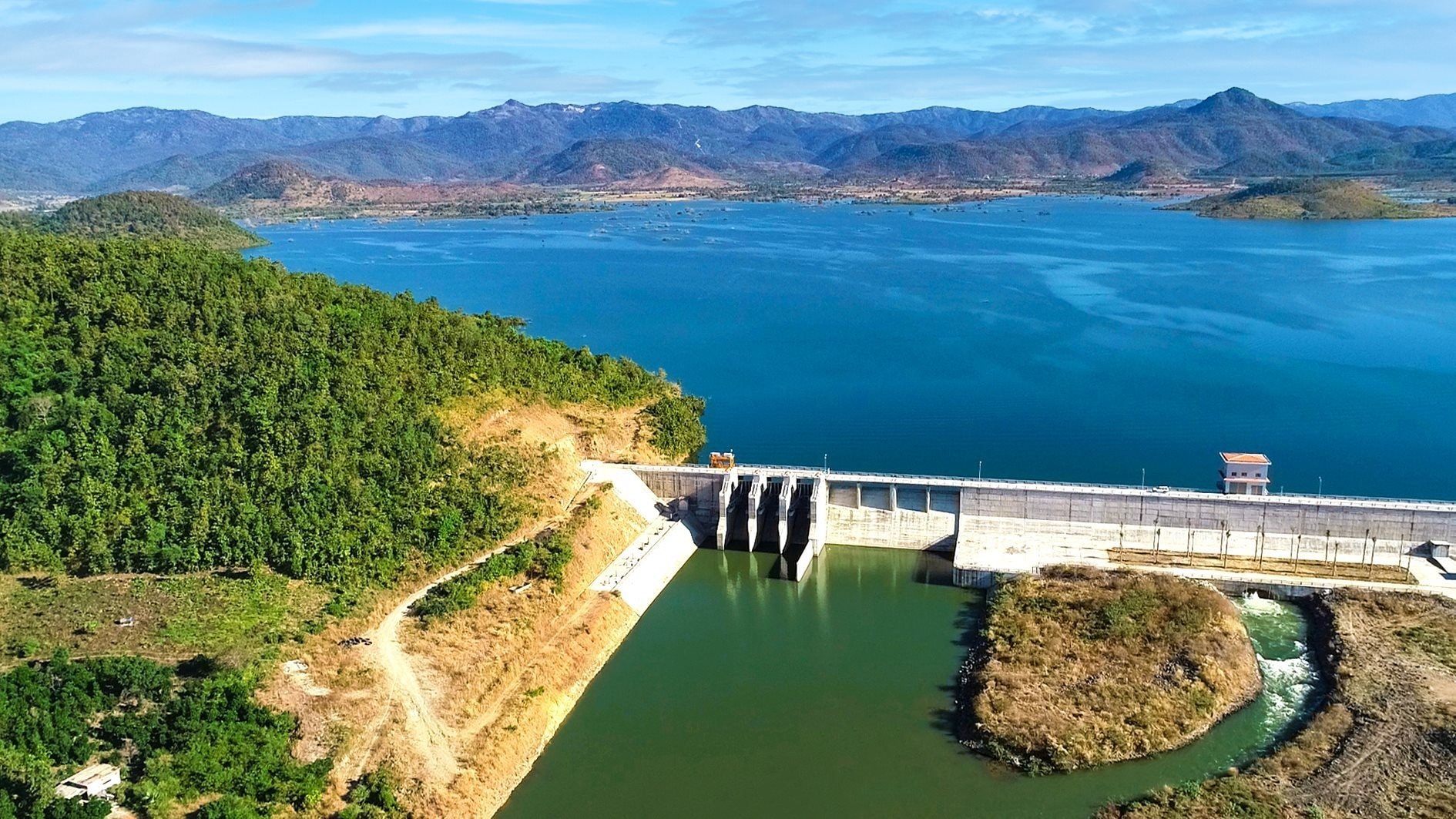
"Limited treatment" in peacetime
The guns have fallen silent, the smoke of war has been extinguished, Binh Thuan has entered the process of rebuilding and reconstructing its homeland. However, in that process, the province has to face many difficulties and challenges. Lands plowed by bombs, dry and burnt fields, withered trees... Too much sun, not enough rain, barren, deserted land... Drought and famine are all around. However, in the midst of difficulties, the spirit of solidarity and the indomitable will of the people of Binh Thuan continue to shine through each job, each construction project, to create a solid foundation for future development.
To escape poverty, the problem now is water. Because, "living in a thirsty area", more than anyone, Binh Thuan people see the value of water. Especially, after liberation, the number of irrigation works was not much, the rate of irrigated fields was quite low, only about 3, 4%. There was a lot of land and gardens but they were barren, the trees could not survive, the farmers' lives were really miserable... In 1993, after visiting and working in Binh Thuan, General Secretary Do Muoi (at that time) pointed out that for Binh Thuan, it was necessary to focus on irrigation to provide water for production.
The "problem" of providing water for the people has been considered by generations of leaders of Binh Thuan province as a vital task and they are determined to carry it out. The journey of "treating drought" has revived barren, arid lands by creating irrigation works such as Ca Giang Lake, Song Quao Lake, Tan Lap Lake... of which Song Quao Lake is the largest, holding 73 million cubic meters of water.
A non-stop journey, for decades, from one term to another, generations of provincial leaders have both taken advantage of the Central Government's support and self-reliance, saved the budget, mobilized people's strength to build dams, build reservoirs, dig canals, and water channels. Large and small irrigation works continued to be built, forming a relatively widespread irrigation system such as Ca Giay Lake, Long Song Lake, Daguri Lake, Song Dinh Lake, Song Mong Lake, Ta Pao Dam, Ba Bau Dam... along with the Phan Ri - Phan Thiet canal system, 812 - Chau Ta canal, Ta Pao Dam main canal (North - South), main canal of Song Dinh Lake, Song Mong - Du Du - Tan Lap - Ta Mon canal and dozens of large-capacity pumping stations...
In particular, small-scale irrigation has been included in the Party's directives and resolutions, spreading to become a widespread movement throughout the province. Where there is no water, people help each other build small-scale irrigation, bringing water. People also do not hesitate to hand over their production land to dig canals, and happily accept any compensation from the State, without calculating the gains and losses... The "drought control" war once again connects the Party's will with the people's heart, creating strength, bringing water to everywhere, creating a premise for agricultural and rural development. From here, farmers in Binh Thuan have begun to change their thinking to produce, convert to high-tech models, and begin to reap golden harvests on "footprintless" fields. The green color on the land and the increasingly prosperous life of the people are the final victory in the "drought control" war of the Party, government and people of Binh Thuan.
Up to now, in addition to the river and lake system, Binh Thuan has built 78 irrigation works, 209 reservoirs, dams, pumping stations along with a system of more than 4,000 km of canals... This canal system not only brings water to agricultural production areas but also connects reservoirs together, creating flexibility for the entire system such as large lakes increasing storage in the rainy season, providing enough water for small lakes in the dry season, improving the ability to provide irrigation water for the regions.
Source: https://baobinhthuan.com.vn/anh-hung-thoi-chien-vung-tien-thoi-binh-129491.html


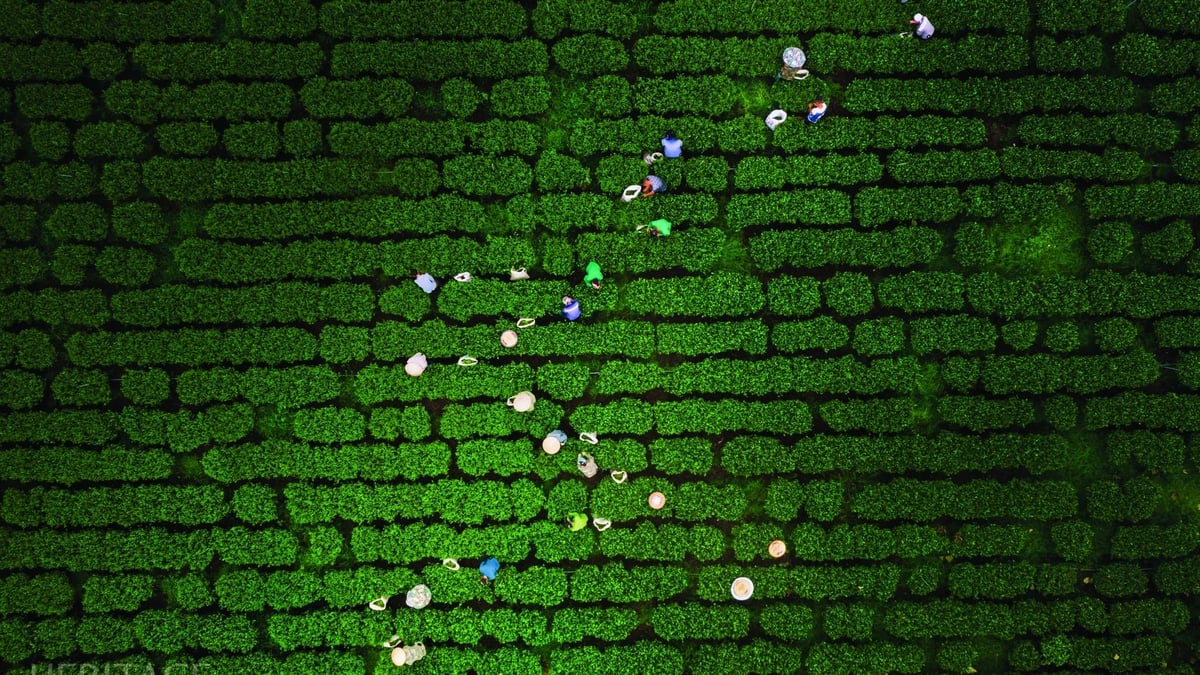

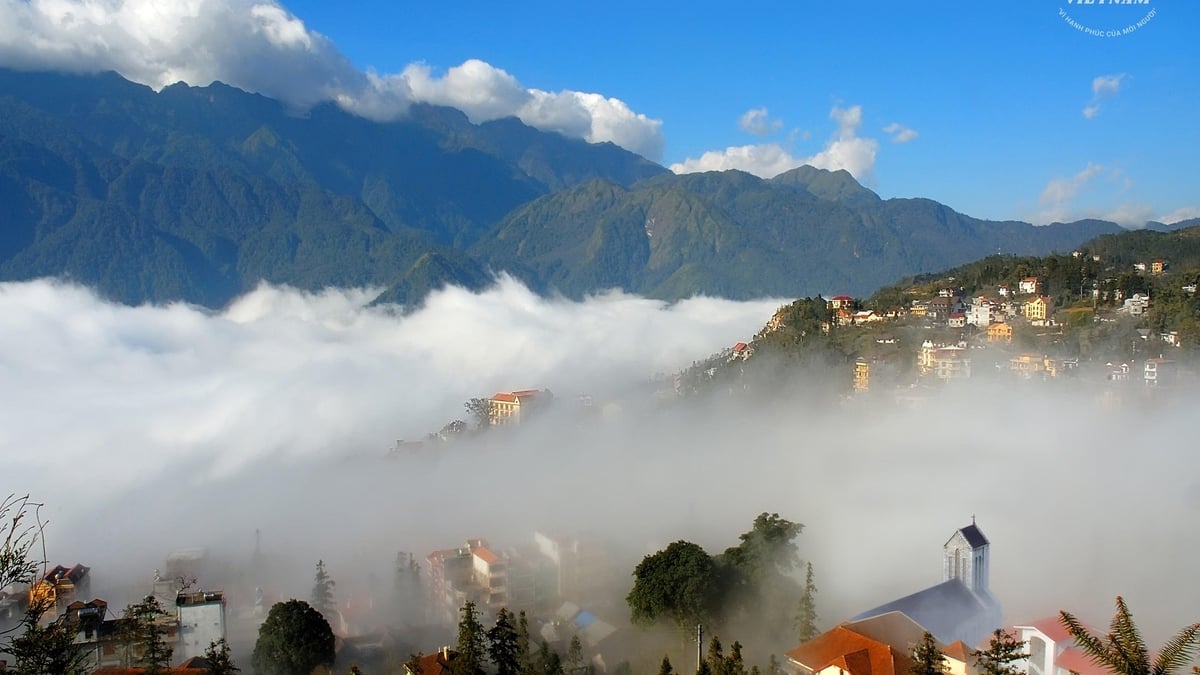

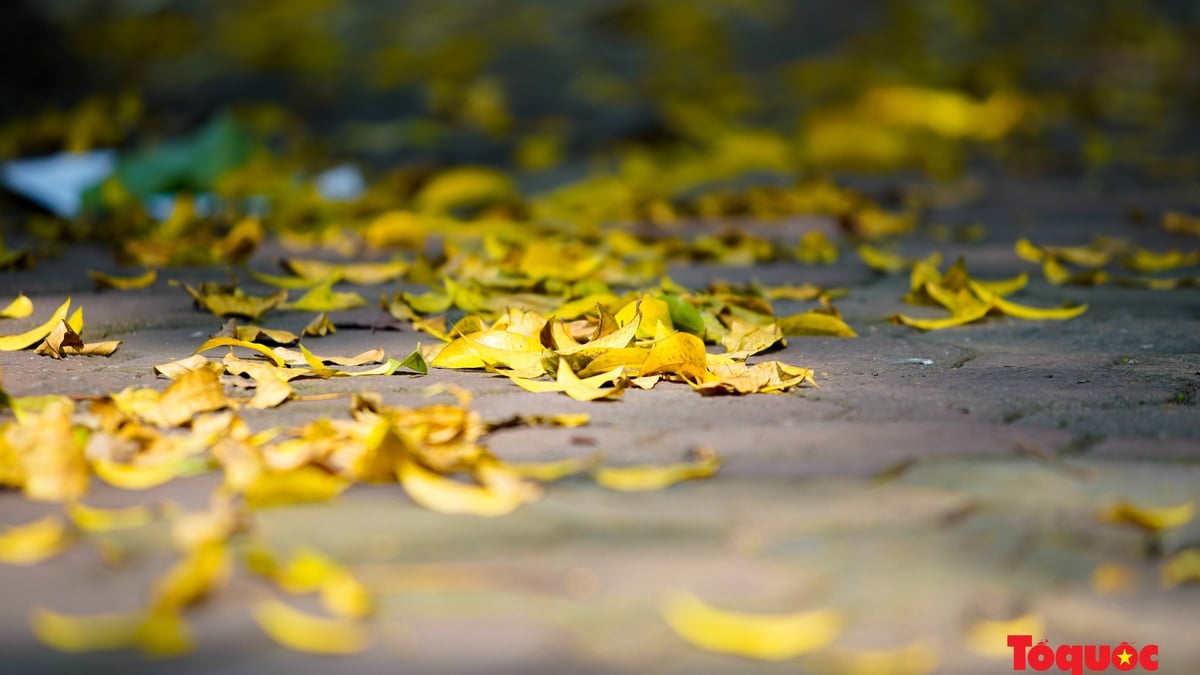
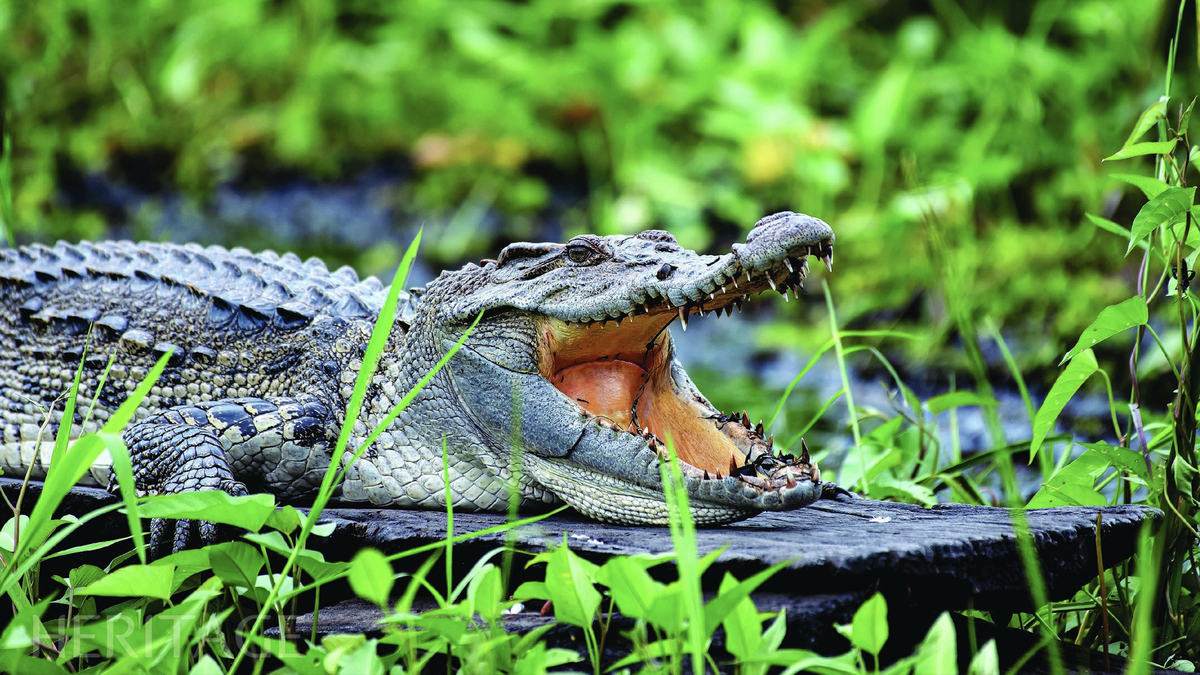
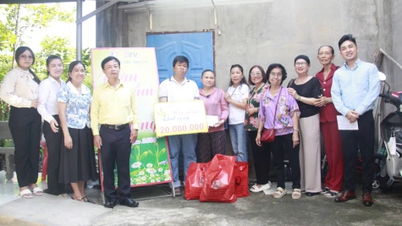
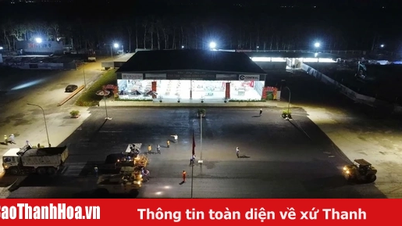
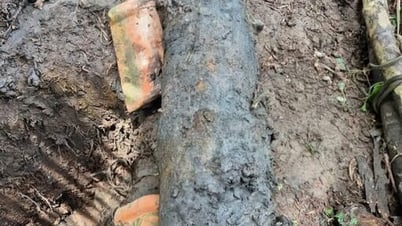
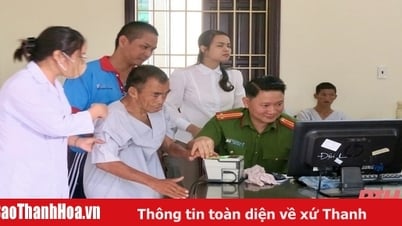
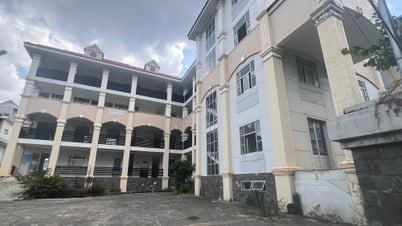
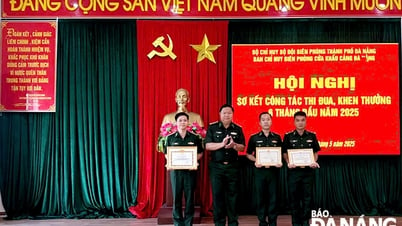





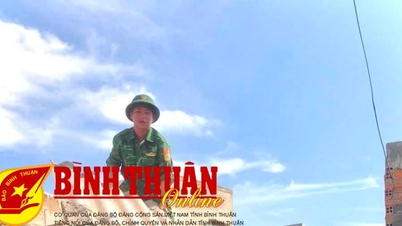

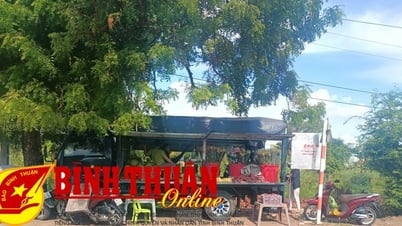
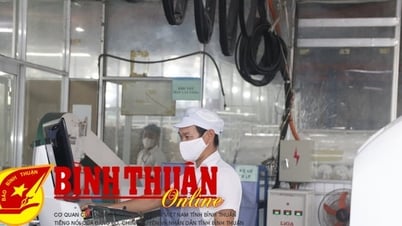
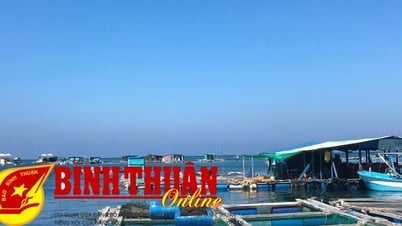
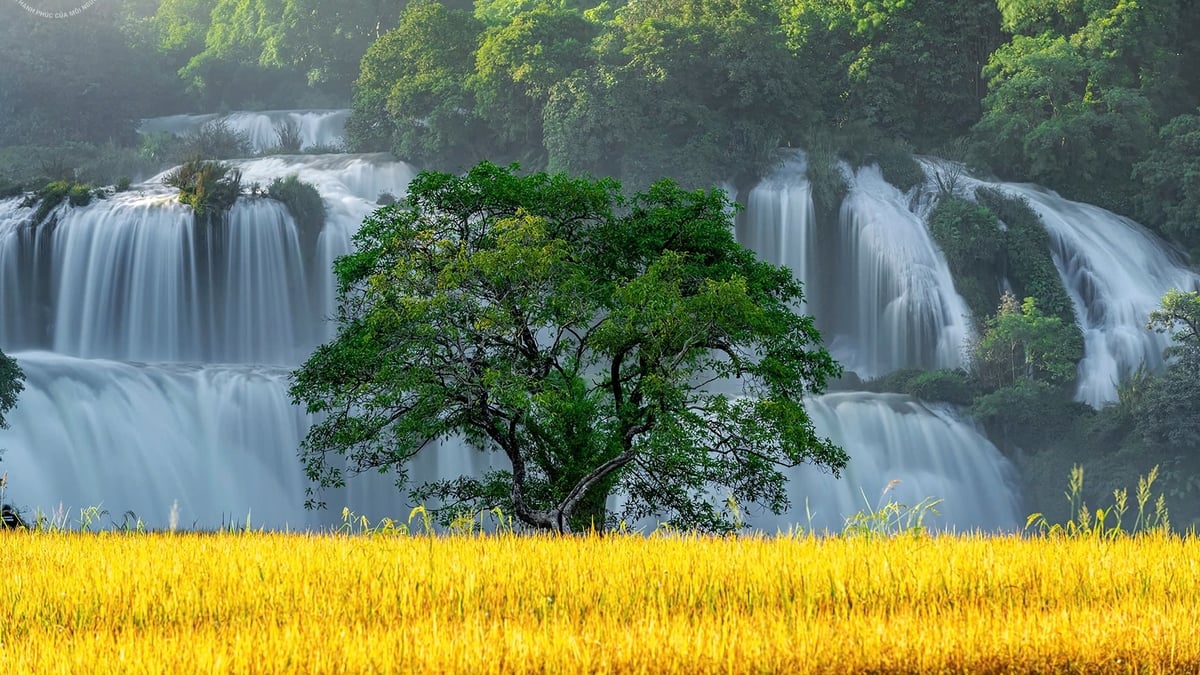
![[Photo] Prime Minister Pham Minh Chinh works with the Standing Committee of Thai Binh Provincial Party Committee](https://vphoto.vietnam.vn/thumb/1200x675/vietnam/resource/IMAGE/2025/5/12/f514ab990c544e05a446f77bba59c7d1)
![[Photo] Prime Minister Pham Minh Chinh receives Swedish Minister of International Development Cooperation and Foreign Trade](https://vphoto.vietnam.vn/thumb/1200x675/vietnam/resource/IMAGE/2025/5/12/ae50d0bb57584fd1bbe1cd77d9ad6d97)
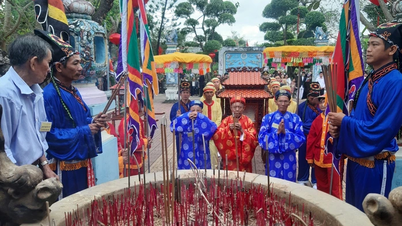

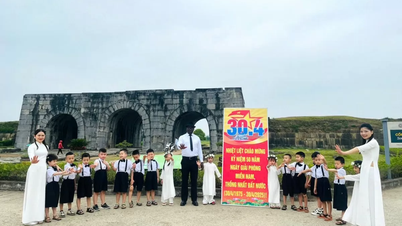

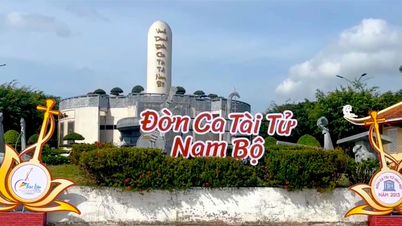
























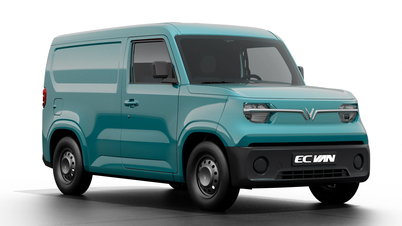


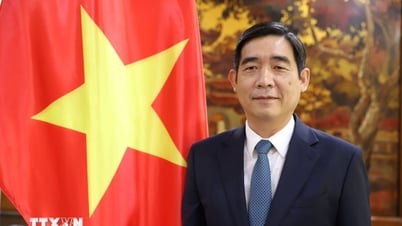



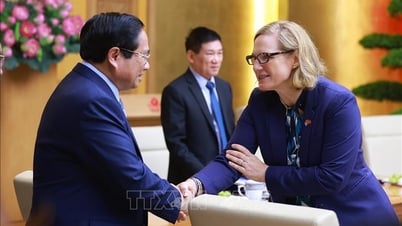







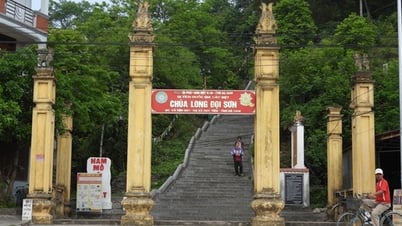


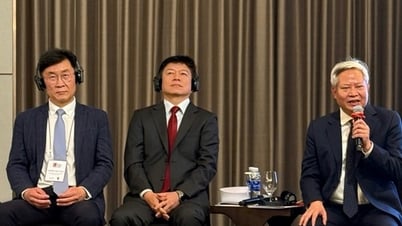

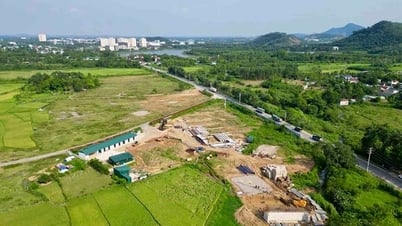


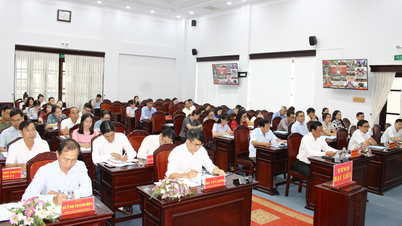














Comment (0)